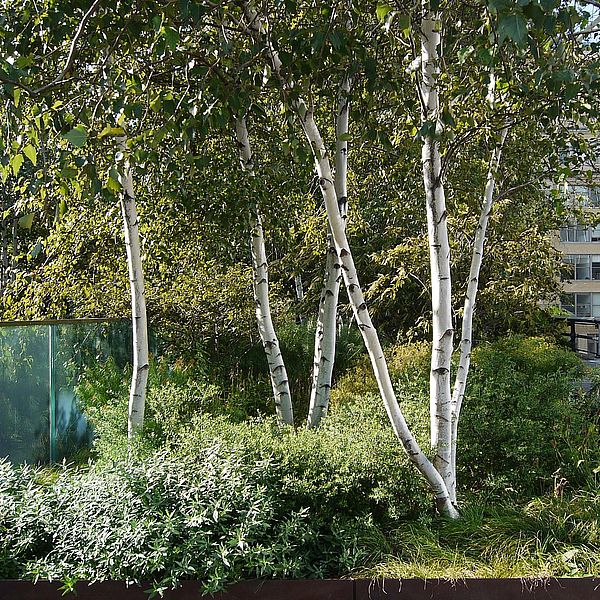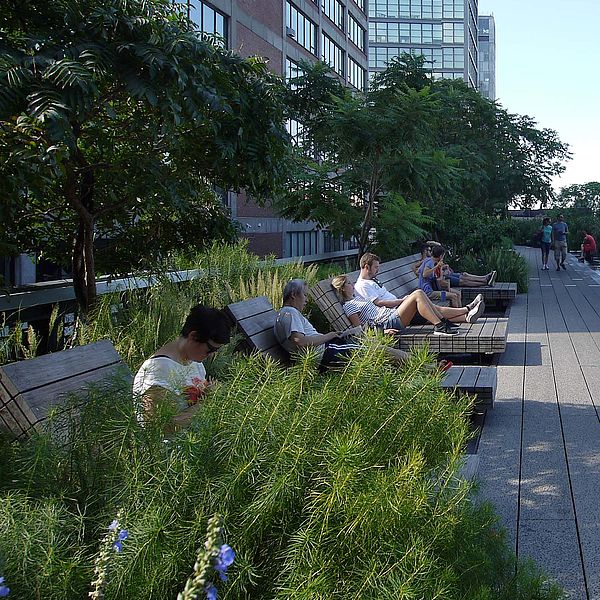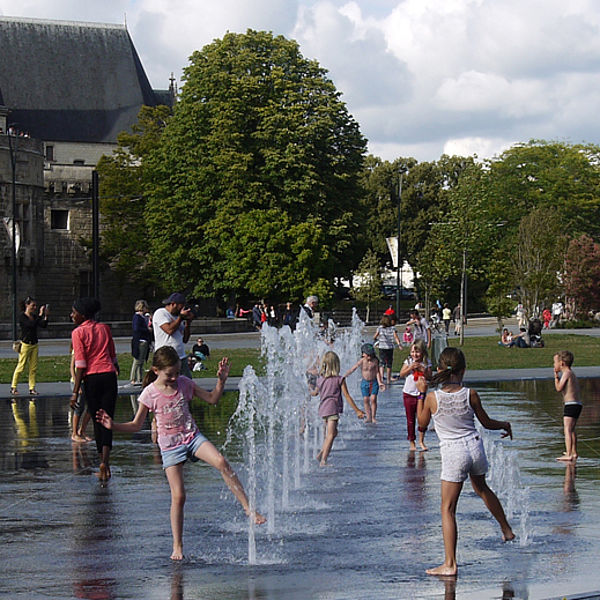Designing Open Spaces for the Future
What makes cities attractive and neighborhoods a great place to live? How can urban spaces build climate resilience? Public open spaces such as parks and squares, but also complex open space systems like green belts or regional parks enhance the quality of life in cities and metropolitan regions. Open spaces are places of leisure, recreation and encounter. Taken together, they form the green infrastructure that provides critical ecosystem services and habitats for animals and plants. Design and usages of open spaces are as diverse as the sociocultural, ecological and socioeconomic contexts in which they are embedded.
Open space planning as part of landscape architecture has a long tradition, rooted in the garden art and design of earlier centuries. While planning was autocratic at the time, today's social developments such as individualization, demographic change and ethnic-cultural diversity require democratic co-participation in planning processes as well as in the use and appropriation of spaces.
The Department of Open Space Development provides students with the skills to design urban spaces and landscapes that are both attractive and efficient in social and environmental terms. Our research is application-oriented and aims at qualifying the practice of planning. We focus on the diverse demands on public spaces, the relationship between design and use, and the potential of landscape architecture as an integral part of sustainable urban development. By addressing subjects such as the transformation of the mobility sector or the redesign of urban spaces for climate adaptation, we help to find answers to the most pressing questions of the future.





![[Translate to English:] Freiraumentwicklung](/fileadmin/_processed_/c/2/csm_2_Petrow_86492f289e.jpg)


